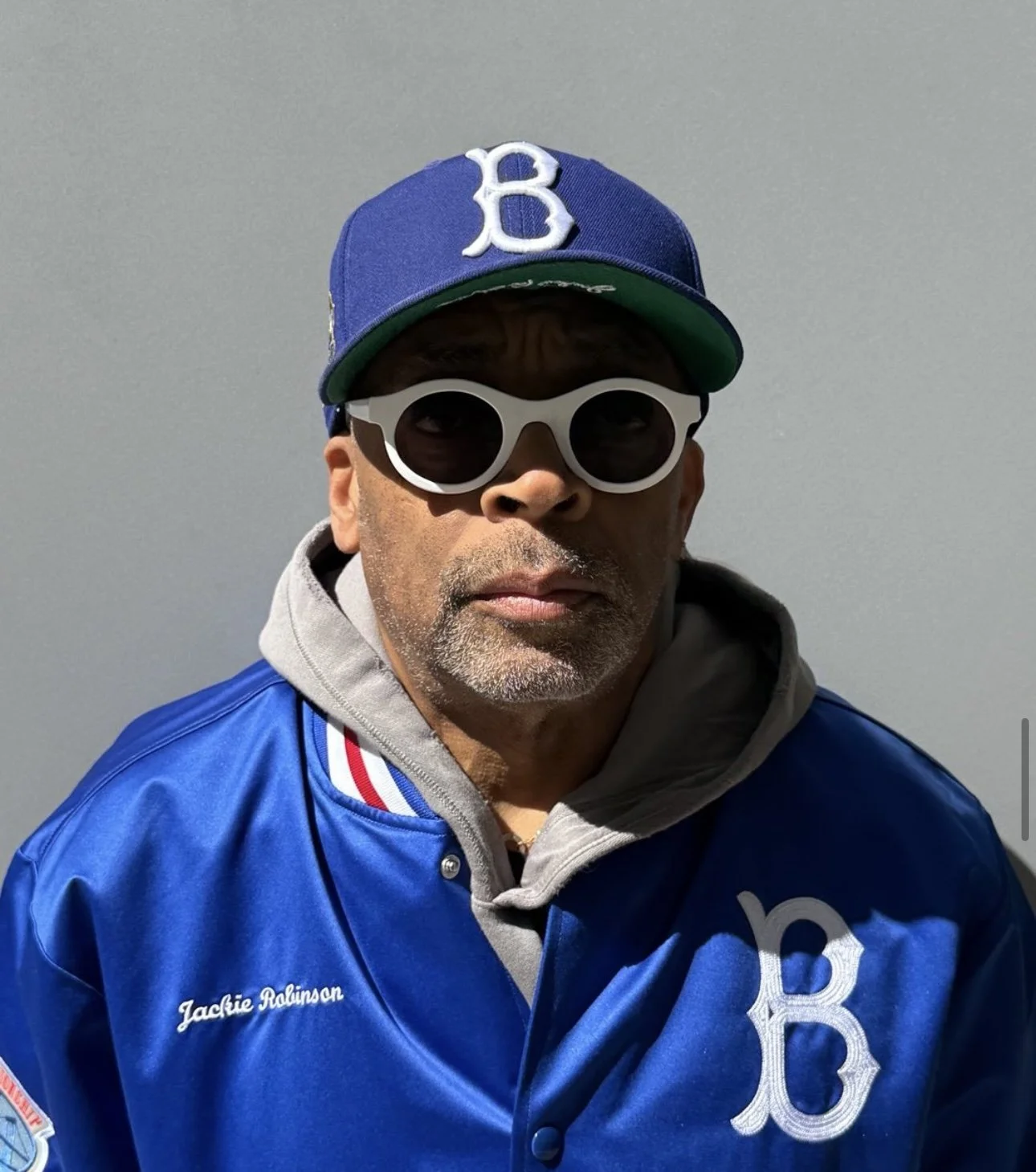Spike Lee’s Cinematic Blueprint and Why His Storytelling Still Shapes Us
Spike Lee has never asked for permission. From the first frame of She’s Gotta Have It, he carved out a space Hollywood tried to deny us. He gave us images of Black life that weren’t softened, censored, or made to fit someone else’s comfort. He gave us characters who were free, flawed, and complicated. And in doing so, he gave us something greater than films — he gave us ourselves.
To watch a Spike Lee film is to be pulled into a conversation. His stories don’t just unfold; they demand your attention, your emotion, your participation. In Do the Right Thing, you can hear the rhythm of summer in Brooklyn, the laughter, the arguments on the stoop, the heat pressing down like a character itself. In Crooklyn, you feel the warm chaos of Black family life, from the music blasting through brownstone windows to the ache of loss that sits in your chest long after the credits roll. In Malcolm X, you don’t just watch Denzel Washington transform — you rise taller in your seat, because the image on screen finally honors Malcolm with the depth, dignity, and fire he deserved.
Spike doesn’t simply capture scenes; he captures the texture of being Black in America — the joy, the fight, the contradictions, the pride. His work lingers because it speaks directly to the truth of our existence. Do the Right Thing is still quoted on college campuses and still screened in political discussions because it forces us to reckon with injustice that feels painfully current. Crooklyn makes grown men and women cry because it reflects the mothers, aunts, and cousins who raised us. And Malcolm X remains the definitive portrait of a leader many had tried to shrink into footnotes.
What makes his films unforgettable is not only the stories he tells but the way he tells them. Spike Lee has built a visual language entirely his own. The double dolly shot, his most recognizable signature, creates the effect of a character floating across the screen — caught between earth and spirit, between choice and consequence. It’s a technique that says: something is shifting here. Something deeper is happening. His soundtracks, often driven by Terence Blanchard’s horns, baptize his films in sound as urgent and layered as the stories themselves. His saturated colors mirror the boldness of our culture. His direct-to-camera monologues break the fourth wall because sometimes the truth can’t sit quietly in the background; sometimes it has to look us straight in the eye.
And then there’s his cultural reach. Spike Lee has never stayed confined to the director’s chair. He became part of sneaker history with his Mars Blackmon character, turning Air Jordans into a global symbol of Black creativity and style. His devotion to the New York Knicks has made him a fixture at Madison Square Garden, as much a part of the city’s mythology as the team itself. At NYU’s Tisch School of the Arts, he mentors a new generation of filmmakers, reminding them that telling the truth is as much responsibility as it is art.
His work in sports storytelling proved just as essential. He Got Game, with Denzel Washington and Ray Allen, showed basketball not just as a sport but as a system of pressures and temptations that shape young Black men’s futures. Years later, in Kobe Doin’ Work, Spike captured something rare: the mindset of Kobe Bryant in motion. With twenty-nine cameras, he didn’t just show a basketball game — he revealed the anatomy of discipline, the laser focus that became the Mamba Mentality. It was more than a sports documentary; it was a meditation on greatness.
Even when he strayed into genres Hollywood didn’t expect from him — the thriller of Inside Man, the post-9/11 meditation of 25th Hour — his voice never disappeared. There is always something undeniably Spike Lee in the rhythm, the honesty, the refusal to let the audience stay comfortable.
And when he delivered BlacKkKlansman in 2018, tying a Black detective’s infiltration of the Klan to images of modern hate, he made it impossible for anyone to pretend the past wasn’t still with us. The film won him his first Oscar, decades overdue, but more importantly it showed that Spike Lee remains, to this day, one of the sharpest cultural commentators alive.
What makes Spike’s legacy profound is its consistency. From 1986 until now, he has never bent, never diluted, never stopped making us look. His films don’t beg for universality — they prove that the truth of Black life is universal, even when the world pretends otherwise.
Spike Lee’s body of work is not just cinema. It is testimony. It is archive. It is blueprint. It has given us portraits of our families, monuments to our heroes, critiques of our oppressors, and reflections of our joy. He has taught us that art is not about asking permission, but about telling the truth until the world has no choice but to listen.
And the beauty is this: his story is not finished. Spike Lee is still here, still creating, still pushing us to see more clearly. His films remind us that we have always been worthy of the lens, and that our stories — in all their beauty and complexity — will always matter.

